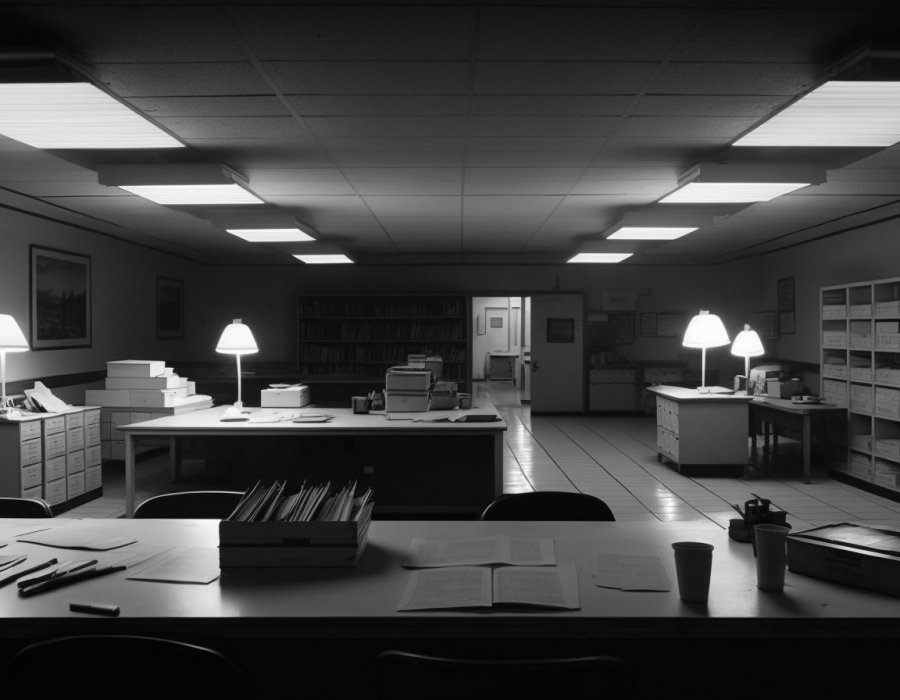Lighting is an essential part of any commercial office, and it can have a significant impact on the productivity, health, and well-being of employees. Good lighting can increase alertness, enhance concentration, and reduce eye strain and fatigue, while poor lighting can cause headaches, eye strain, and reduced productivity. In this article, we will provide you with some tips on how to optimize the lighting in your commercial office space to improve productivity, comfort, and well-being.
Understand Your Lighting Needs
Before you start choosing lighting fixtures for your commercial office, you need to understand your lighting needs. Consider the nature of your business, the tasks performed by your employees, the size and layout of your office space, and the natural lighting available. Determine the areas that require more light, such as workstations, conference rooms, and reception areas, and areas that need less light, such as break rooms and storage areas.
Choose the Right Color Temperature
The color temperature of your lighting can affect the mood, productivity, and health of your employees. Cool white light (5000K-6500K) can increase alertness and productivity, while warm white light (2700K-3000K) can promote relaxation and reduce stress. Consider the color temperature that suits the nature of your business and the tasks performed by your employees. A combination of cool and warm lighting can be used to create a balanced and comfortable environment.
Use Natural Light
Natural light is the best source of light for any commercial office. It can boost productivity, enhance mood, and reduce energy costs. If possible, choose an office space with large windows that allow natural light to enter. Position workstations and desks close to windows to maximize natural light exposure. Install window shades or blinds to control glare and prevent overheating.
Choose Energy-Efficient Lighting
Energy-efficient lighting can save you money on electricity bills and reduce your carbon footprint. Choose LED bulbs, which are more energy-efficient than incandescent or fluorescent bulbs, and have a longer lifespan. Consider installing motion sensors or timers to turn off lights when they are not in use. This can help save energy and money.
Use Task Lighting
Task lighting can enhance productivity and reduce eye strain by providing focused lighting for specific tasks. Install task lighting at workstations, conference tables, and other areas where focused lighting is required. Task lighting can also be used to highlight artwork, signage, and other decorative features in your commercial office.
Use Dimmer Switches
Dimmer switches can help you adjust the lighting intensity in your commercial office space, depending on the time of day, the mood, and the tasks performed. Dimmer switches can be installed in conference rooms, reception areas, and other areas where lighting needs can vary. Dimmer switches can also help you save energy and money by reducing the lighting intensity when it is not needed.
Seek Professional Advice
If you are unsure about how to optimize the lighting in your commercial office, seek professional advice. A lighting consultant or an electrician can help you choose the right lighting fixtures, install them properly, and optimize the lighting in your commercial office. A professional can also help you comply with lighting regulations and standards.
In conclusion, optimizing the lighting in your commercial office can have a significant impact on the productivity, health, and well-being of your employees. Consider your lighting needs, choose the right color temperature, use natural light, choose energy-efficient lighting, use task lighting, use dimmer switches, and seek professional advice. By following these tips, you can create a comfortable, productive, and healthy commercial office space.





Comments